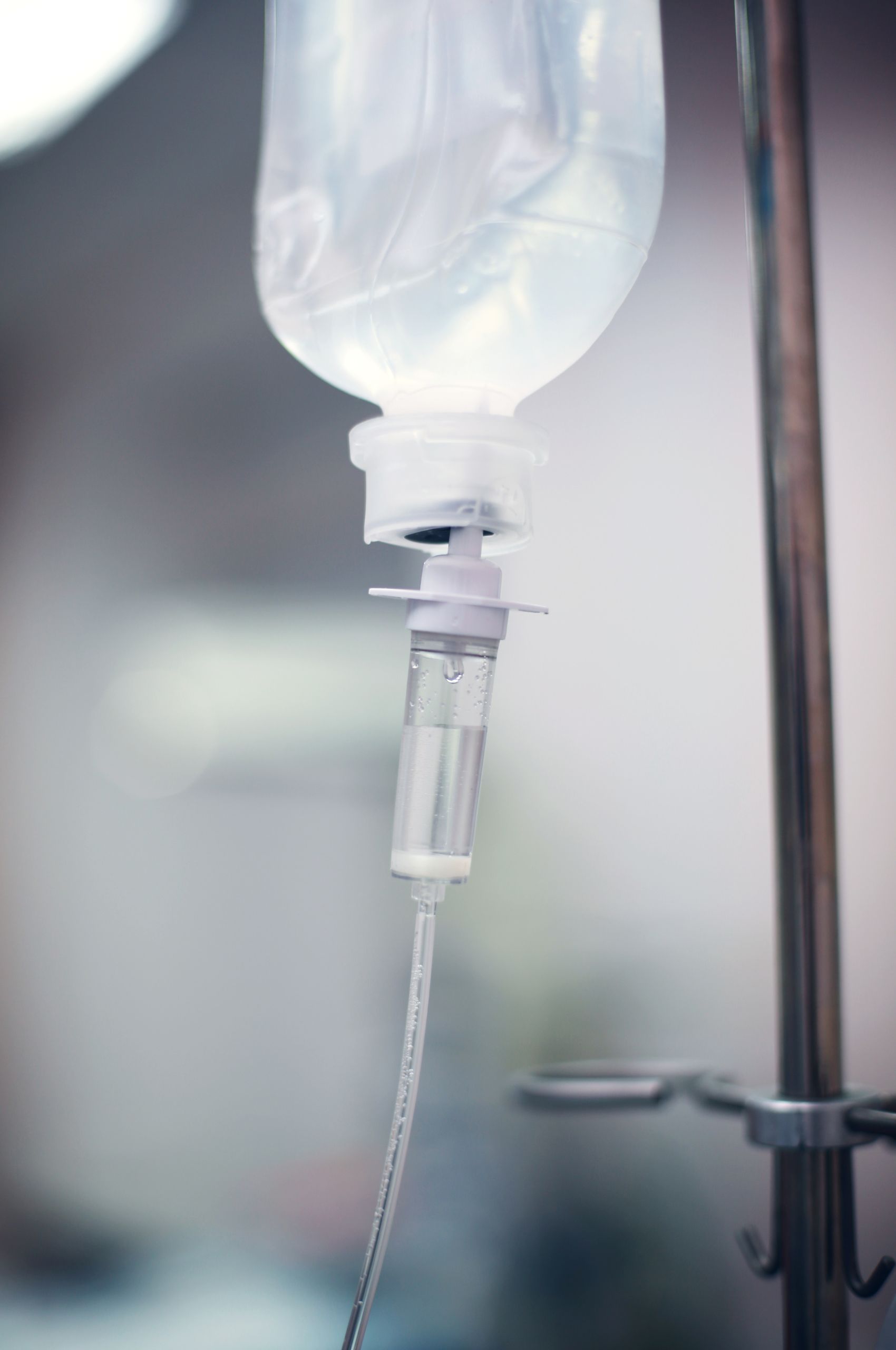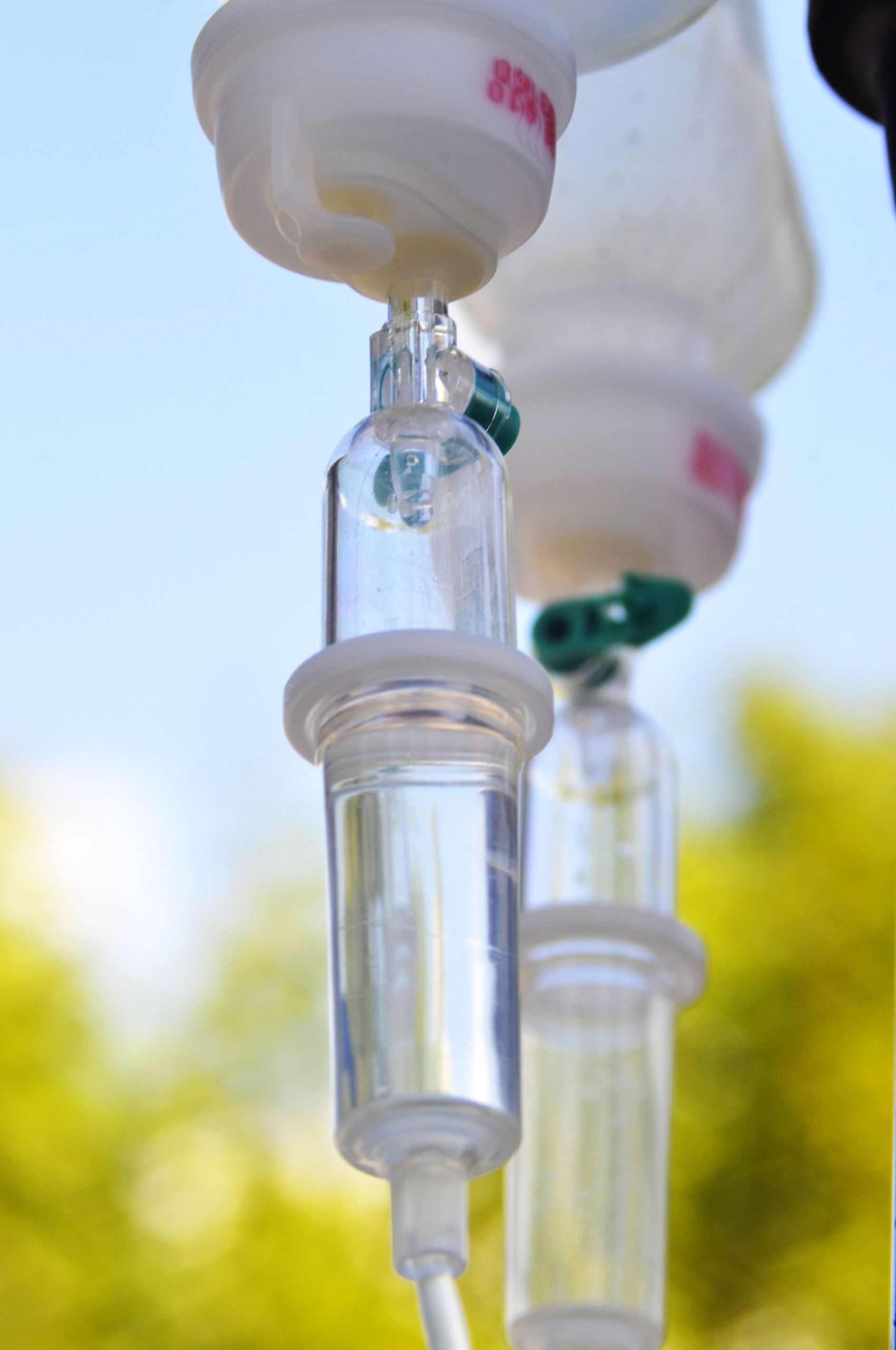Iron infusion is a medical procedure that involves injecting iron directly into the bloodstream to address iron-deficiency anaemia. This condition occurs when there is a lack of iron in the body, leading to symptoms such as fatigue, weakness, shortness of breath, and pale skin.
Our iron infusion therapy is performed in a sterile and comfortable environment, which is essential for patient ease and relaxation. We will assess your iron levels and monitor your progress regularly to ensure that you receive the appropriate amount of iron and that your condition improves.
What to expect...
Make an Appointment
Book an appointment that work for you
Talk to us
Chat to your GP about your health concerns.
Make a plan
We will develop a plan and offer recommendations.
Follow up
Execute plan, track your progress and achieve wellness.
Seek help today. Make an appointment to speak to us.

Providing the best
At Family Health Clinic, we offer iron infusion as one of our specialised services to provide our patients with the utmost comfort and care they need. Our team of qualified medical professionals will ensure that the procedure is done safely, efficiently, and with minimal discomfort.
New Patients Welcome
We will provide you with detailed instructions on how to prepare for the procedure and what to expect. Typically, patients feel a noticeable improvement in their energy levels and overall well-being shortly after their iron infusion treatment.
Our Practitioners ..
Frequently asked questions...
An iron infusion is a minor procedure when an iron containing medicine is infused directly into the blood circulation. The iron containing preparation circulates and is delivered to the body organs that require iron for normal functioning. Ferric carboxymaltose (FCM) also known as FERINJECT® is an intravenous (IV) iron preparation, a medicine that is used in the treatment of iron deficiency conditions such as iron-deficiency anaemia (IDA). It contains iron in the form of ferric carboxymaltose, an iron carbohydrate compound. Iron is an essential element required for the oxygen-carrying capacity of haemoglobin in red blood cells and of myoglobin in muscle tissue. Moreover, iron plays an important role in many other vital processes in the human body. In particular, Ferric carboxymaltose (FCM) is an iron preparation that has characteristics that allow larger single doses to be administered over a shorter infusion period compared with previously used IV iron preparations.
Iron deficiency is a common cause of anaemia. In Australia current clinical management recommends use of oral iron (in appropriate doses and for sufficient duration) as first-line therapy for most patients presenting with of iron-deficiency anaemia (IDA). An iron infusion is sometimes recommended for people who are low in iron (iron deficient). Usually iron can be given orally but sometimes patients experience side-effects from oral iron (stomach upsets, constipation) or there are situations when oral iron is ineffective or cannot be used, and an iron infusion may be recommended. If the body iron is particularly low an iron infusion may be recommended to increase the iron stores quickly. The aim of the iron infusion therapy is to replenish body iron stores and to remedy anaemia, a reduced level of haemoglobin due to iron deficiency.
It is generally recommended that iron therapy initially be given orally. Iron infusions are however considered safe particularly with the newer iron containing preparations currently available. In the past (older) iron infusions were associated with common side-effects including allergic type reactions. This is much less common with the current iron containing preparation (Ferric carboxymaltose FCM also known as FERINJECT®) but this is still a potential risk. Your doctor will talk to you about the risks and the benefits of having an iron infusion in your particular circumstances.
It is unusual to experience any significant side-effects from an iron infusion with the newer iron containing medications. Some patients may experience a headache or feel nauseated. Less commonly some patients experience flushing, a disturbance in taste, itchiness, fever and chills. Please see the full list of side-effects of iron infusions (Ferinject) given to you by your doctor.
There is no particular preparation needed for the iron infusion. It is helpful if you have had plenty of fluids to drink so finding a vein for the infusion can be easier. You will be able to drive home after the iron infusion.
The infusion usually only takes 15 – 20 minutes once the IV drip infusion is commenced.
tes once the IV drip infusion is commenced. Is there anything I need to do after the iron infusion? It’s always important to monitor your own health
after an iron infusion. If you experience any significant symptoms (for example chest pain or difficulty breathing) it will be important for you to contact your doctor who administered the iron infusion or an emergency department as soon as possible.



